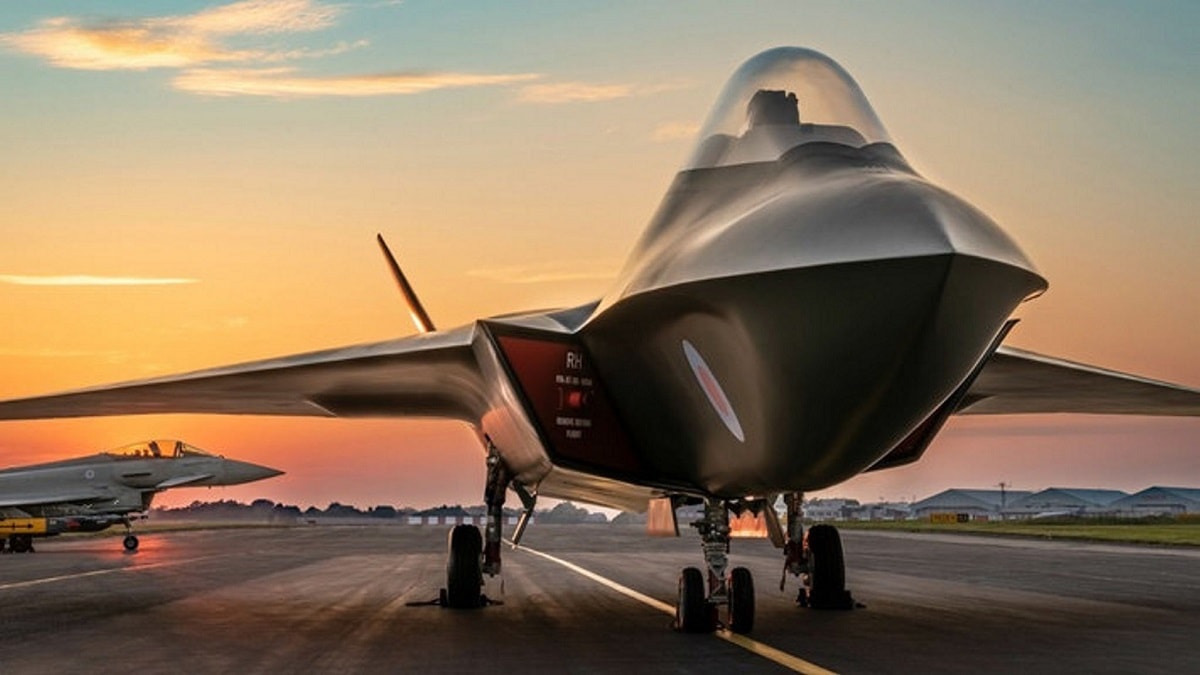It seems that Tokyo is interested in joining Italy, Sweden, and the United Kingdom and getting a sixth-generation fighter off the ground and into the air.
The Next Stealth Fighter
It seems Japan could become a partner nation for the Next Generation Fighter program, a British-led initiative that seeks to produce a sixth-generation fighter jet. The information, while still tentative, the potential news came forth during the annual DESI arms show held in London.
Japan would join Italy, Sweden, and the United Kingdom in fielding the new fighter by 2035. Although Japan had previously partnered on smaller parts of the Next Generation Fighter program, the country had not fully partnered with the three core European members.
Tempest, Explained
The thus far tri-national Next Generation Fighter program is also known as Tempest and is different than another tri-national European sixth-generation fighter program, the Future Combat Air System, currently being pursued by France, Spain, and Germany.
Japan and the Tempest team have been “in negotiation, conversations and some pilot projects — nothing necessarily too complex at the moment,” said U.K. program director, Air Commodore Johnny Moreton during the DESI fair, according to Defense News.
In tandem with the Tempest program, Japan is also developing its own home-grown sixth-generation stealth fighter, the Mitsubishi F-X, a large, long-range, high magazine capacity air superiority fighter. Thus, adding Japan to the Tempest program would likely benefit both the F-X and the European fighter initiative.
Commodore Moreton sounded upbeat about Japan’s contribution during the DESI fair, saying, “we’re doing a joint engine viability study with Japan at the moment, and that’s quite exciting. They have an F-X program that has a very similar time frame to us, 2035; the threat is very similar to the one that we are anticipating, and in terms of an industrial nation, clearly they sit at the top table, as do we.”
One of the interesting aspects of a Euro-Japanese stealth fighter project is the amount of freedom the participants would have to tweak airframes to suit their individual needs. In contrast, the world’s largest fifth-generation stealth fighter program, the American-led F-35 Joint Strike Fighter, is rather rigid. While the airframe is offered in three differing variants, customers abroad cannot order any airframe modifications.
“We want to be able to upgrade, advance [and] develop our capabilities ourselves, and as sovereign countries inside the partnership, each partner has that goal,” Commodore Moreton explained.
What Now?
There is still some time before the program would yield a fighter. Ultimately, however, the program would like to field a viable sixth-generation stealth fighter by around 2035, with an initial agreement on what the airframe would look like and its capabilities.

BAE Tempest. Image VIA BAE.
Caleb Larson is a multimedia journalist and Defense Writer based in Europe. He lives in Berlin and covers the intersection of conflict, security, and technology, focusing on American foreign policy, European security, and German society.
Caleb Larson, a defense journalist based in Europe and holds a Master of Public Policy degree from the Willy Brandt School of Public Policy. He lives in Berlin and writes on U.S. and Russian foreign and defense policy, German politics and culture.
[ comments ]
